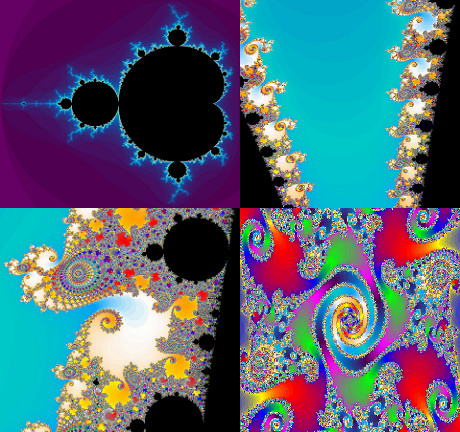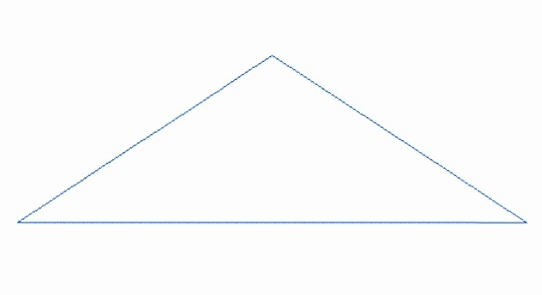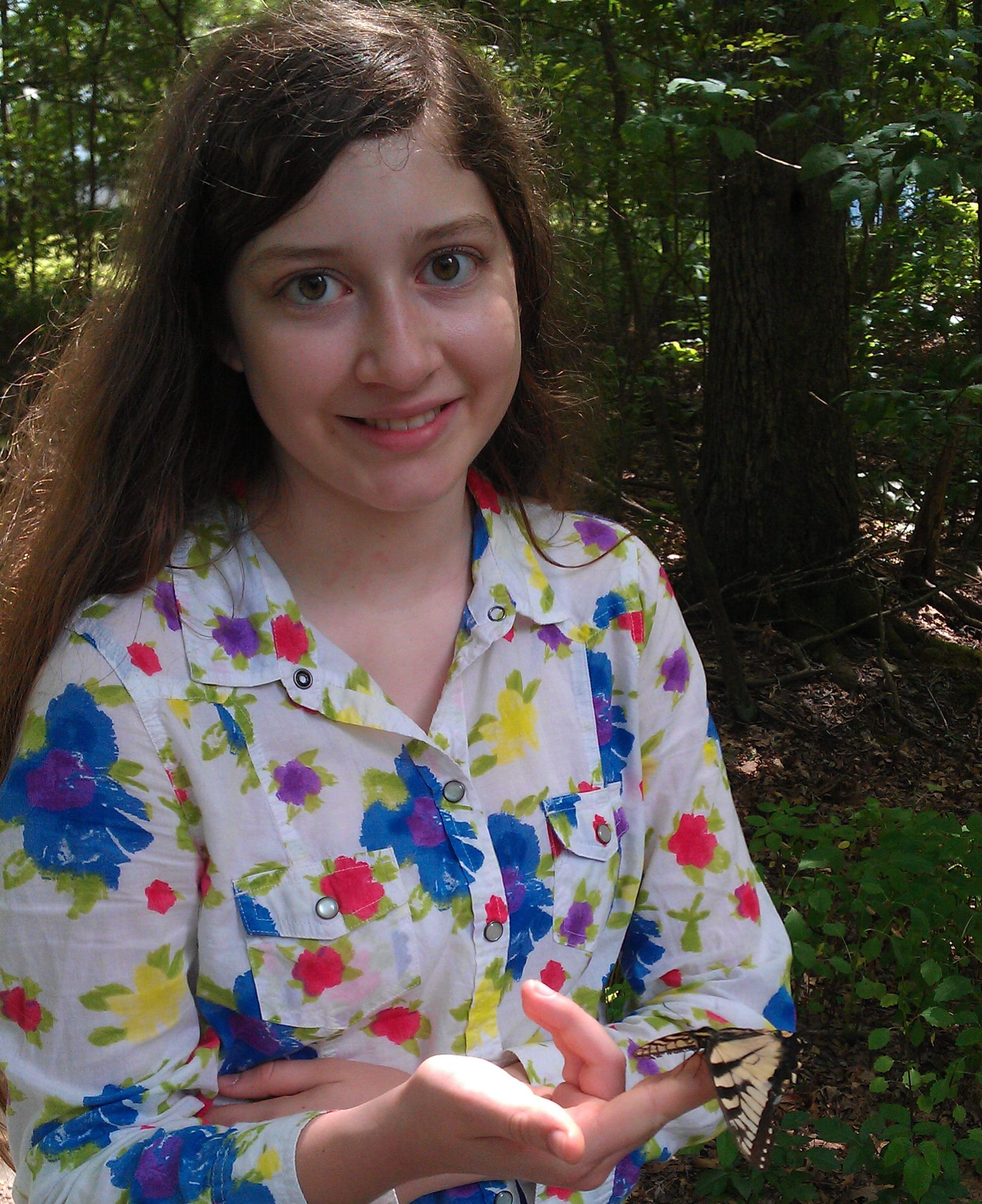By strategically eating a single spaghetti noodle, you can make it last forever.
Let me explain.Suppose you take a string of spaghetti, cut it into thirds, and eat the middle section; repeating over and over with the remaining sections.

It won’t make a particularly substantial meal- the pieces you eat will quickly become infinitely small- but the pieces remaining will also become infinitely numerous. You’ve just created eternal spaghetti.
This phenomenon was long considered beyond explanation- no matter how many pieces you remove, there will always be more to take. Called Cantor Dust (minus the spaghetti) for the miniscule particles it produces, it was even labeled a mathematical “monsterâ€.
Though it's tempting to toss it in the same imaginary junk drawer as Jackson Pollock paintings or sock-eating dryers, the repeating patterns that make the Cantor dust so monstrous pervade nearly every part of our lives, from the mundane to the magnificent. Far from an anomaly, these patterns of shattering pieces fill nearly every corner of the universe, bridging the orderly and the chaotic in stunningly beautiful ways.
Enter the weird world of fractals.
While their mysterious forms have perplexed us for centuries, their patterns are unmistakably familiar: they govern the billowing clouds, the branching of trees, and the feathering spread of frost. They’ve been discovered in the spiral of the Milky Way and the network of vessels supplying blood to our bodies–they can even be found in the vibrations of the human heartbeat.
The word “fractal†means “fragmented†or “broken,†but at their core fractals are all about unity. Though difficult to pin down, all share the same characteristic: simply repeat a single rule or pattern over and over, building each time on the existing structure. Cantor dust is a classic example, with its infinite repetitions of split, remove, and repeat.

If mere repetition seems a bit boring, the photos at left may convince you otherwise. Zoomed out, this shape is just a furry asymmetrical blob (upper left). A closer look, however, reveals a dizzying variety of curls, swirls, and starbursts spilling from its edges. It seems only a master artist (and a slightly loopy one at that) could have created such an image, but the entire miniscule world is produced by just feeding and re-feeding numbers through the expression f(z)=z²+c. It doesn’t stop there- you could zoom infinitely into any point near the border, and each frame would comprise a new twist on the same repeating cycle.

This is the magic of fractals: the impossible elegance with which they unfurl complexity from simplicity. They act as nature's secret ingredient- imagine trying to describe the growth of a tree by dictating the location of every possible offshoot. Instead, the tree can branch indefinitely by simply repeating a single rule, summed up in a few lines of genetic code. The repetitive signatures of fractals are scribbled all around us, from the web of veins in a leaf to the delicate mesh of bronchi receiving our every breath, to even the precisely tangled DNA in our cells. To understand fractals is to understand the universal threads that surround and sustain us; already, this knowledge is being used to aid the detection of cancerous tumors and help monitor the progression of Parkinson's disease.

Even unpredictability itself forms fractals. In 1980, computer scientist Loren Carpenter wanted to create a computer-generated mountain scene, but technology at the time made realistic detail impossible. Carpenter overcame this obstacle by splitting a few large, smooth triangles over and over into several smaller ones.
His video Vol Libre shows off this technique, lifting convincingly craggy landscapes in breathtaking detail. Just about any rough outline can be reproduced in a similar way; in other words, rough objects are essentially glued-together mosaics of their own fractured pieces.
The ability of fractals to create (and thus describe) irregular shapes is particularly close to our hearts. Cardiologist Ary Goldberger has realized that graphs of the human heartbeat, “one of the most complex signals in nature,†look nearly the same whether measured across minutes, seconds, or hours, possessing the self-similarity characteristic of a fractal. Goldberger and his team assign these graphs a numerical measure of “roughness,” called a “fractal dimension,” and by analyzing the fractal dimensions of healthy and diseased hearts, Goldberger hopes to more reliably detect life-threatening ailments.
For centuries, humans have struggled to reconcile chaos with order, the rough with the smooth. Fractals reveal that these dual worlds are intimately intertwined in ways we are just beginning to uncover. Whether misunderstood as monsters, embraced as art, or relied upon as a scientific tool, fractals are deeply embedded in our very existence- fractured, messy, and perfectly so.
“My life seems to be a series of events and accidents. Yet when I look back, I see a pattern.â€
About the Author
 Rosemary Willis is a freshman at UGA majoring in Plant Biology. She spends her days learning about science, writing, and investigating bits of nature she finds on her way to class. In her spare time, she enjoys Python programming and spending time with family. You can e-mail her at rwills25@uga.edu. More from Rosemary Willis. Rosemary Willis is a freshman at UGA majoring in Plant Biology. She spends her days learning about science, writing, and investigating bits of nature she finds on her way to class. In her spare time, she enjoys Python programming and spending time with family. You can e-mail her at rwills25@uga.edu. More from Rosemary Willis. |
About the Author
-
athenssciencecafehttps://athensscienceobserver.com/author/athenssciencecafe/April 17, 2020
-
athenssciencecafehttps://athensscienceobserver.com/author/athenssciencecafe/April 12, 2020
-
athenssciencecafehttps://athensscienceobserver.com/author/athenssciencecafe/April 3, 2020
-
athenssciencecafehttps://athensscienceobserver.com/author/athenssciencecafe/March 30, 2020







